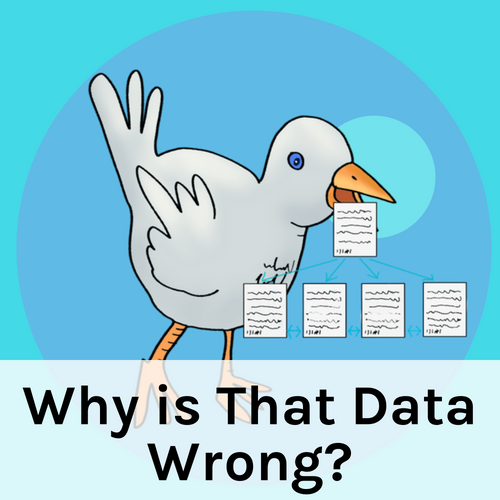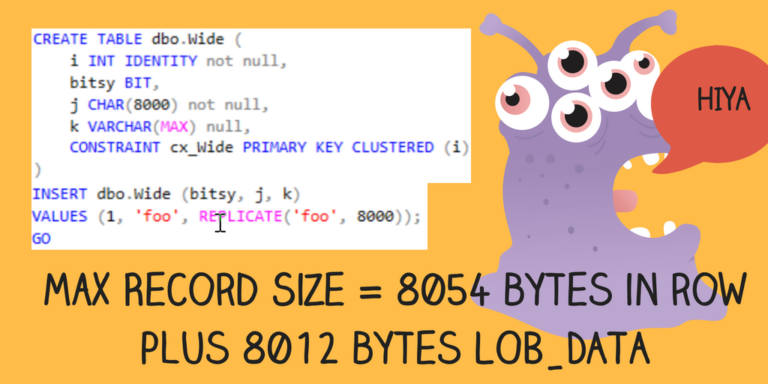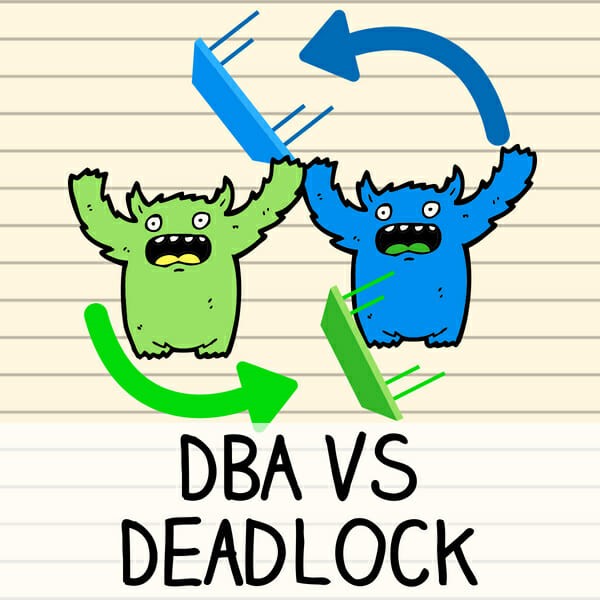Perks for My SQLPASS Summit Precon: Prevent Fake News in Your Data! Isolation Levels Demystified
I’m proud, giddy, and just plain overly excited to be giving a pre conference session at the SQL PASS Summit in Seattle, Washington on November 5, 2018.
This is going to be a fun, demo-packed day which will teach you skills you can use throughout your career as a developer, database administrator, or data professional.






